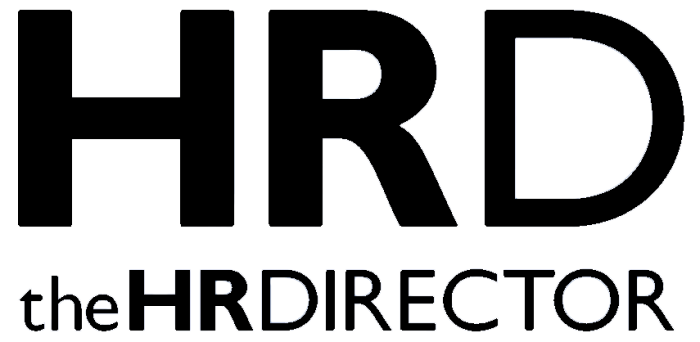AI is rewriting the rulebook for workplace learning. Platforms promise personalised development at scale, coaching bots offer real-time nudges, and content is available on demand, anytime, anywhere. But amid the hype, one critical question remains: what actually changes behaviour?
For all its digital potential, technology alone doesn’t do that. Real learning – the kind that shifts mindset, builds new habits and sticks – requires space for reflection, challenge and meaningful human connection. That’s why coaching is no longer a nice-to-have. It’s the anchor of a modern learning and development (L&D) strategy.
Coaching works because it helps people apply what they’ve learned. It transforms information into insight. And in a world of noise, it’s the thing that helps learning land.
Why coaching is different – and more effective
Most learning interventions front-load knowledge and hope for the best. Coaching flips that model. It’s dynamic, ongoing and deeply personalised. Whether it’s a team leader coaching during a one-to-one, or peers supporting each other through shared reflection, coaching enables people to move from knowing to doing – and, crucially, to sustaining.
This approach is grounded in educational theory. Vygotsky’s “Zone of Proximal Development” explains that people learn best when supported just beyond what they can currently do alone. Coaching sits squarely in that sweet spot: offering support, not solutions and fostering growth without creating dependency.
And because coaching is contextual, it sticks. It adapts to the individual, the team, the moment. It doesn’t ask learners to step away from work to develop – it brings development into the flow of work itself.
Coaching makes everything else more effective
It’s a mistake to think of coaching as a standalone tool. It’s more accurate – and more powerful – to see it as a multiplier. Coaching enhances everything it touches.
Leadership programmes grounded in coaching principles lead to stronger application back at work. Skills training that’s supported by coaching results in better retention and confidence. Even cultural change initiatives gain traction faster when coaching is used to support the adoption of new behaviours.
Why? Because coaching helps people think for themselves. It builds ownership. And that’s when transformation really happens – when people connect learning to their own challenges, values and goals.
A flexible solution with real-world value
For HR and L&D leaders under pressure to deliver more for less, coaching offers exceptional value. It’s scalable – through equipping managers with coaching skills, peer coaching programmes, or targeted external support – and it’s durable. Once coaching capability is embedded, it’s used again and again.
Coaching also supports learning transfer like nothing else. Studies continue to show that without reinforcement, as much as 75% of learning is lost within days. Additionally, according to Robert O Brinkerhoff only about 15% of people actively transfer learning back to the workplace. Coaching counters this by providing continuity, helping people embed change over time, not just after a single workshop.
It’s also highly adaptable. Whether you’re onboarding new hires, supporting high-potential talent, or navigating leadership transitions, coaching flexes to support a wide range of needs.
And yes, AI can complement this. Digital coaching tools and nudges can play a valuable supporting role. But human coaching offers something AI can’t: deep listening, emotional attunement and the ability to challenge constructively in the moment. Coaching creates the psychological safety that learning depends on – something no algorithm can replicate.
The skills AI can’t teach
As Josh Bersin and others have noted, success in the AI era depends on cultivating adaptability, empathy and critical thinking – skills that are inherently human and increasingly valuable.
Coaching builds these skills directly. When people learn to coach, they develop active listening, better questioning and a growth mindset. When leaders adopt a coaching approach, they become more effective communicators and more emotionally intelligent – qualities that cascade through teams and shape culture over time.
This is about more than soft skills. Coaching capability enhances performance and supports wellbeing. It enables better collaboration, reduces friction and builds the resilience needed to navigate uncertainty.
And the neuroscience backs this up. As Stella Collins explains in Neuroscience for Learning and Development, people remember what they emotionally engage with. Coaching taps into emotion, connection and repetition – three of the most powerful levers for lasting change.
A strategic investment, not a passing trend
Coaching isn’t just another trend on the L&D radar. It’s a strategic capability. When embedded well, it strengthens performance, enhances engagement and reinforces everything else in your learning ecosystem.
Unlike many L&D initiatives that need constant refresh or rebranding, coaching is timeless. The skills stay relevant. The impact is visible. And the ripple effect is powerful – from individuals to teams to the organisation as a whole.
Whether you’re looking to support managers in having better conversations, embed a learning culture, or unlock leadership potential, coaching is the through-line that connects development to real business outcomes.
When everything is becoming automated and accelerated, coaching brings back what matters most: human insight, growth and connection. It’s not the cherry on top. It is the crown jewel.







